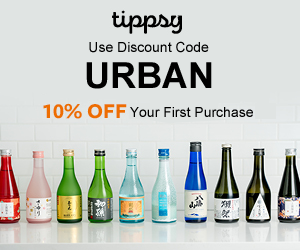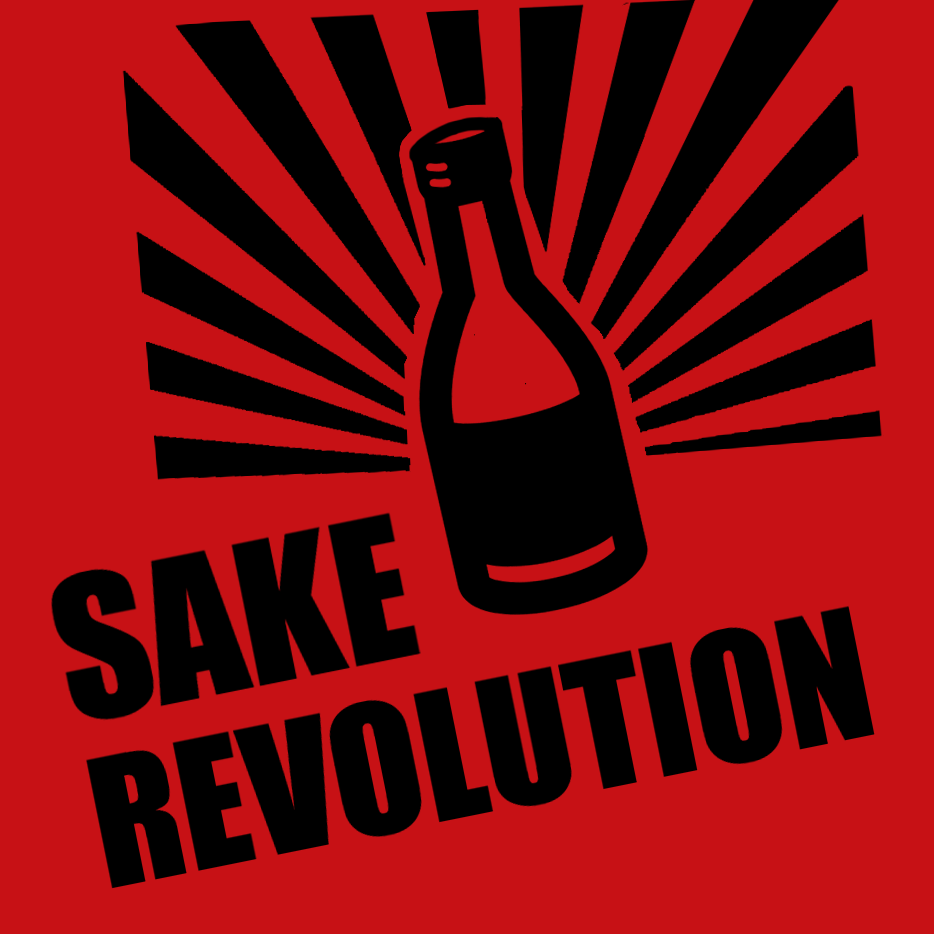Nigori in the New York Times!
S. alerted me to an article in the New York Times about Nigori Sake. It’s still not my favorite kind of Sake, but there is a lot there to be explored. I’ve had it about 3 times. it tastes a little “fermented” to me right now, but I may have had some inferior quality. S. of course says he love Nigori – so as usual, he’s ahead of the curve of a foodie trend.
Here is the gist of the article…
(c) New York Times
ONLINE SHOPPER
For Sake’s Sweet Sake
By MICHELLE SLATALLA
Published: November 17, 2005
OVER the years my husband has tinkered with many exotic drinks. We survived his zombie phase, the summer of mangrove smashes and what I now think of as a dark period he devoted entirely to mixing the ingredients of a Manhattan in unnatural proportions.
Tony Cenicola/The New York Times
THE BIG POUR As a sign of generosity, the nigori sake overflows the glass.
Tony Cenicola/The New York Times
RICE LIQUOR Sho Chiku Bai is made from melted Sierra Nevada snow and Sacramento Valley rice.
Tony Cenicola/The New York Times
MADE IN THE U.S.A. Momokawa Pearl, says the Web site, is “wonderful with chocolate or as a dessert.”
He has filled our liquor cabinet with parrot-colored liquors like Midori, and he has served dinner guests large choke-provoking quantities of muddled mint. It was only a matter of time before he discovered nigori sake.
Soon after we moved to Northern California he got a tip that Sushi Ran, a well-known Japanese restaurant in Sausalito, served 30 kinds of sake. So we rushed over, waited an hour for a table and then settled in to do some serious research. My husband scanned the list of fermented rice liquors, pointed to his choice, and within minutes the waiter returned bearing two small glasses that sat inside open square boxes.
He poured from a large bottle. Milky white liquid overflowed the glasses into the boxes in a Japanese gesture of generosity. We took a sip – it tasted like chilled pineapple – and then another, which reminded me of coconut.
There was a look in my husband’s eye that was familiar. It was the look he gave me the night we met. I realized that all I had to do to forestall a return of the mangrove smashes was to keep a steady supply of nigori sake in the refrigerator.
The only problem was finding it in a store. Although cloudy unfiltered sake has been steadily growing in popularity in the United States over the last 10 years, it still accounts for only a small percentage of the sake market, manufacturers say. Nigori sake, whose sweetness is a good foil for spicy food, remains unfamiliar to many who are used to drinking warm filtered sake.
Since nigori sake has a shorter shelf life than filtered sake – the rice sediment at the bottom spoils quickly if bottles are not properly stored at cool temperatures – I wondered whether I would even be able to find it for sale online.
Once again I had underestimated the Internet. A key word search for nigori sake turned up sites like 00sake.com, which sells imported Nikko Kirifuri (described as “soft and mild taste, very thick nigori sake compared to others”) for $18 a bottle, and Winespecialist.com, which sells imported Ozeki nigori sake (“preserves the fresh flavor of the moromi – the fermenting mixture of rice, water, koji and yeast – for a crisp, vibrant presence”) for $7.99 a bottle.
And Bevmo.com, the Internet arm of a bricks-and-mortar retail chain called Beverages & More, sells imported Rihaku nigori sake Dreamy Clouds (“superb with halibut over a toss of fresh spinach and mild sweet red onions”) for $14.99 a bottle and Tozai nigori sake Voices in the Mist (“a hint of anise”) for $21.99 a bottle.
My choices were many. To get advice on how to narrow the field I phoned Sushi Ran’s owner, Yoshi Tome, who is also the president of the Northern California Japanese Restaurant Association.
“I heard you are the top expert in California,” I said just to be cordial and not because I was hoping to get a table faster the next time I go to Sushi Ran.
“If somebody is recommending me, maybe I should take the credit,” Mr. Tome said courteously, but he did not ask me to repeat my last name for future reference.
“When buying nigori sake, what should a shopper look for?” I asked.
“Be very careful to ask first about how it is stored,” he said. “In Japan a good sake brewery puts a date on the bottles. Ask if it is kept refrigerated. It tends to sour very quickly.”
“How do you avoid that problem at your restaurant?” I asked.
“I’ve had many occasions, more than one or two, when I tasted it, and the sake was bad,” he said. “Occasionally we do bring in a premium imported nigori sake from Japan, but right now on the menu we have two kinds, both made nearby in the United States.”
The two locally brewed brands Mr. Tome serves are SakeOne’s Momokawa Pearl nigori sake (“wonderful with chocolate or as a dessert,” according to sakeone.com, where it costs $10 a bottle) and Takara’s Sho Chiku Bai nigori sake (available at Winespecialist.com for $4.95 for a small bottle and at 00sake.com for $18 for the much larger bottle, which you will wish you had bought if you don’t).
Takara Sake USA Inc., an offshoot of the parent company in Japan, has since 1984 made nigori sake at its plant in Berkeley, Calif., near where I live. It seemed necessary to visit.
There I was met by Masatoshi Ohata, the general manager for marketing, who gave me a tour of the company’s historical sake museum, where 10,000 visitors a year view exhibits that explain traditional 19th-century methods of fermenting, pressing (which in those days required huge boulders) and filtering rice to make sake.
Mr. Ohata said that in the last decade the popularity of Takara’s nigori sake has steadily grown and now accounts for about 8 percent of the 600,000 cases the company sells each year in this country.
“But in Japan it is not as popular because they like sake that is dry, not so sweet or rich,” he said. “In Japan they are surprised that we can sell nigori sake in the big bottles here.”
“What makes your nigori sake taste like tropical fruit?” I asked.
“The fermented rice is very important for the taste,” Mr. Ohata said. “We make it with water from the snow in the Sierra Nevada and very good rice from the Sacramento Valley.”
I went home excited to face a future that did not include zombies, long-handled glass stirrers or maraschino cherries.
My husband said he was excited too about working out the kinks in a new cocktail he was developing.
With a sinking feeling I asked what it was called.
“A nigori colada,” he said.
(c) New York Times


